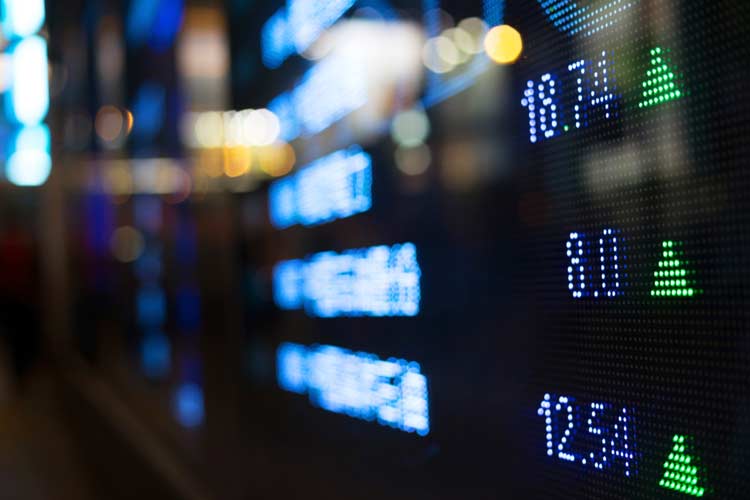
The 80-day moving average has captured recent downside on FXI
The recent "phase one" trade deal with China has been a boon for U.S. equities, particularly those deemed "trade sensitive" stocks, names like chipmaker Nvidia (NVDA) and tech giant Apple (AAPL). Many of these securities have seemingly been given the "all clear" sign from bulls following the positive geopolitical developments, breaking out to fresh highs along with the broader equities market.
But while the improving U.S.-China relationship has been great for domestic stocks, traders have not used this as an opportunity to show confidence in securities on the China side of the situation. For instance, the Xtrackers Harvest CSI 300 China A-Shares ETF (ASHR) -- which tracks blue-chip stocks in Beijing -- remains stuck near the $29 level we called out in this space back in July, showing no desire to break out from this ceiling and explore its April highs.
The setup may be even more precarious for fellow exchange-traded fund (ETF) iShares China Large-Cap ETF (FXI), which tracks the performance of big-cap Chinese stocks traded on the Hong Kong exchange. For FXI, the chart is showing a number of notable moving averages and price points that technical traders should monitor as we head not only into a new year on Wall Street, but the next phase of the trade negotiations.
First up is the 500-day moving average, a long-term trendline that essentially marked a top for the ETF back in July's brief breakout test of the $44 region. Fibonacci levels also come into play here, with the aforementioned summer rise coming up just short of a 38.2% Fibonacci retracement of the ETF's 2016 lows to 2018 highs, a level that stands near the $44 mark. Those interested in round-number returns should also note that the ETF's Friday close of $43.09 sits right near the non-trivial one-year and year-to-date +10% return level for FXI, another reason hesitation here wouldn't be surprising. Then there's the 14-day Relative Index (RSI), which as of this writing is continues to sit on the higher end of its range, firmly in the 60s, another indicator that suggests a cautious view on FXI is warranted in the short term.
Yet even as these potentially troublesome layers loom overhead for FXI, it's also true that they're outnumbered by notable trendlines sitting just below. On a short-term basis, the 80-day moving average stands out after capturing the recent downside in the ETF, while the long-term 1,000-day trendline has been supportive, as well. Circling back to our Fibonacci retracements shows the 50% retracement level coincides with a recent floor in the $41 area.
As for a quick temperature check on sentiment among options traders, it seems fair to suggest the rise of put open interest in the January 2020 series is in part hedging among those holding American depository receipts (ADR). Peak open interest overall sits at the 34-, 35-, and 36-strike puts in the soon-to-be front-month series. Indeed, a broader view of FXI's options data suggests some are outright bullish on the ETF, judging by the heavy buying seen at the January 42- and 44-strike calls.


Subscribers to Bernie Schaeffer's Chart of the Week received this commentary on Sunday, December 22.